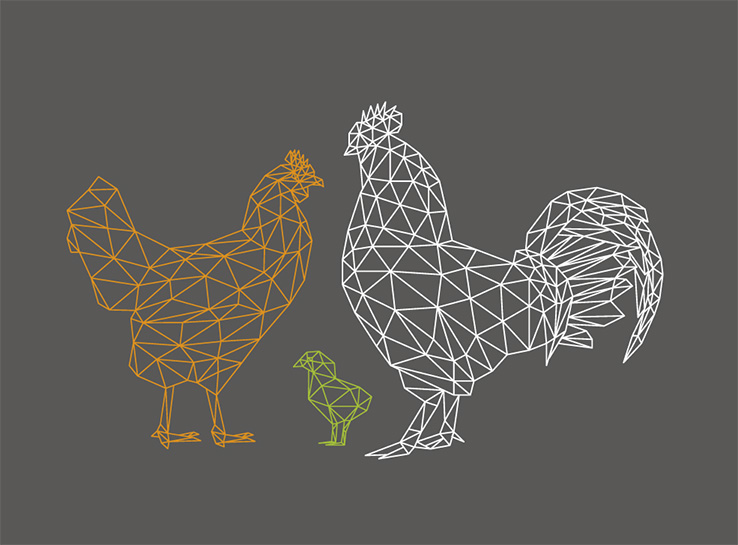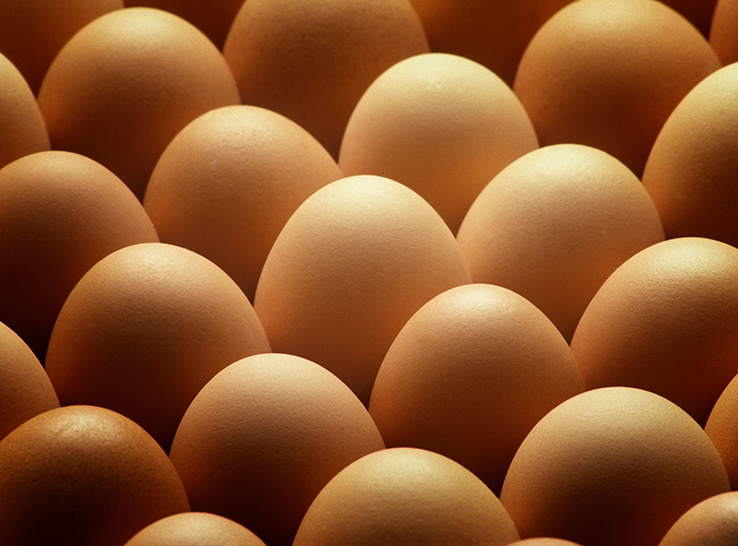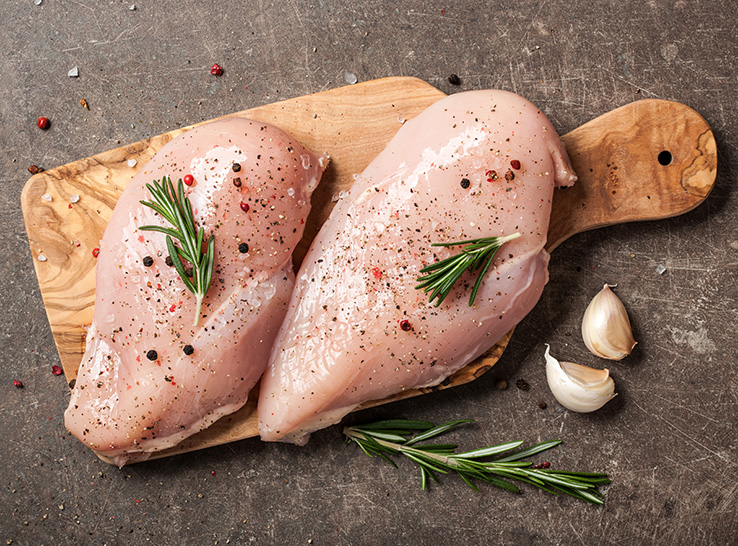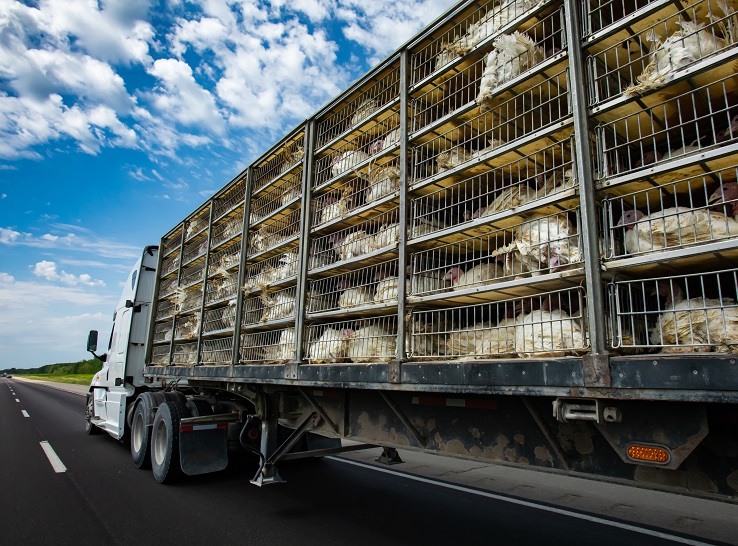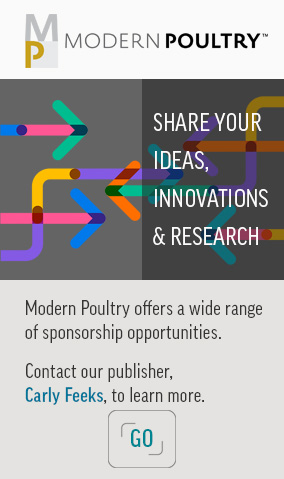Injecting carbon dioxide into incubators can significantly reduce the incidence of woody breast — a muscle condition that affects the usability of chicken breast meat and poses a considerable challenge for the global broiler industry.
In collaborative research1 presented at the 2023 International Poultry Scientific Forum, the addition of external CO2 at optimal levels during the incubation period was found to reduce severe cases of the myopathy by 70%.
The two-phase work saw groups of Ross 708 eggs subjected to different CO2 concentrations and changes in concentration over 21 days of incubation. A control group had no external CO2 injected into the incubator.
Approximately 150 male chicks from each group were grown to 28 days old to assess them for signs of woody breast, as well as measuring other production metrics.
Mimicking low-oxygen environments
The research team was working on a hypothesis that increasing CO2 levels mimics low-oxygen environments without the harmful effects, forcing embryos to physiologically adapt in a way that may mitigate against woody breast when the birds are older.
Promising CO2 levels from the first phase of the study were then repeated, with 600 or more eggs per group and control, and approximately 300 male chicks raised to 6 weeks old in floor pens.
As well as seeing the 70% reduction in severe woody breast scores compared to controls, a 5% increase in hatch was also noted for some treatments. The team observed no negative impact on final weights, mortality, daily weight gain or feed conversion ratios.
Woody breast is estimated to cost the US poultry industry alone $200 million a year, so the results offer a promising solution to tackle a costly issue.
“Based on the conversations we have had so far with commercial companies in the US, there is a strong appetite for exploring this technology, mainly driven by the ease of implementation and the significant potential increase in profitability,” said Sameer Israni, PhD, of Linde Inc., who led the work.
“We are in talks with commercial hatcheries to test this technology at full scale to quantify the twin benefits of woody breast reduction and increase in hatch of fertiles.”
1 Israni S, et al. CO2 Incubation for Woody Breast Mitigation. International Poultry Scientific Forum, 2023, Atlanta, USA.

